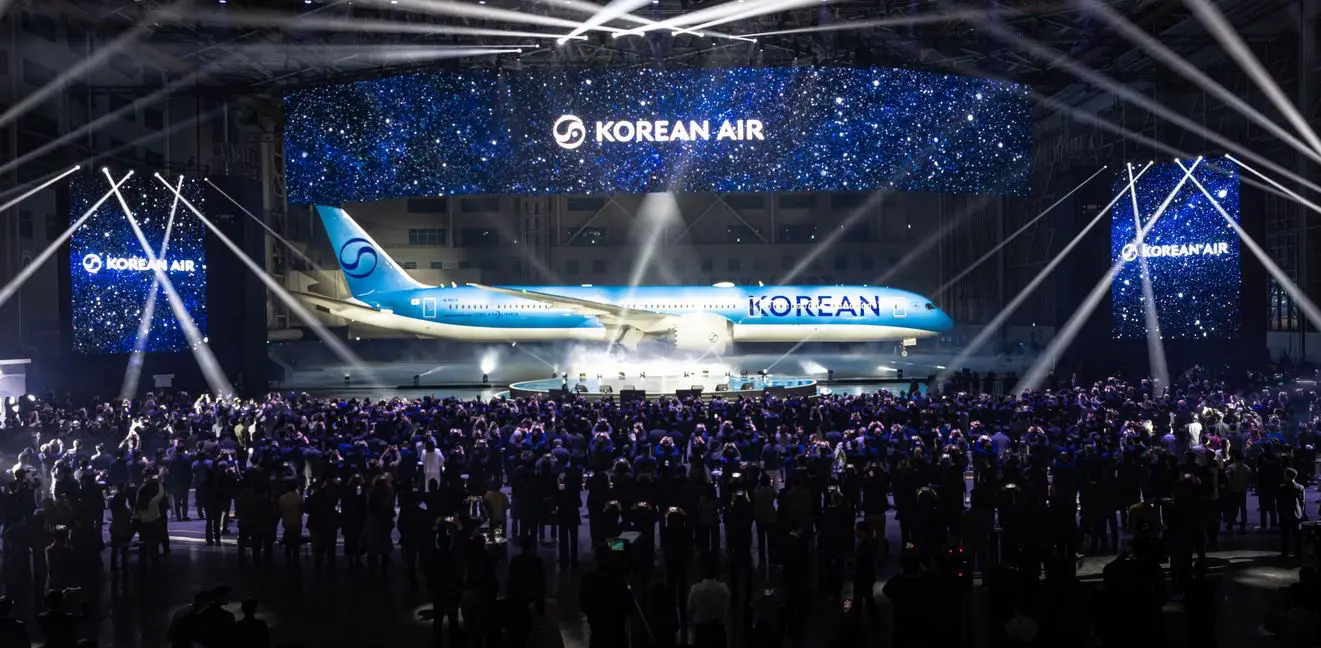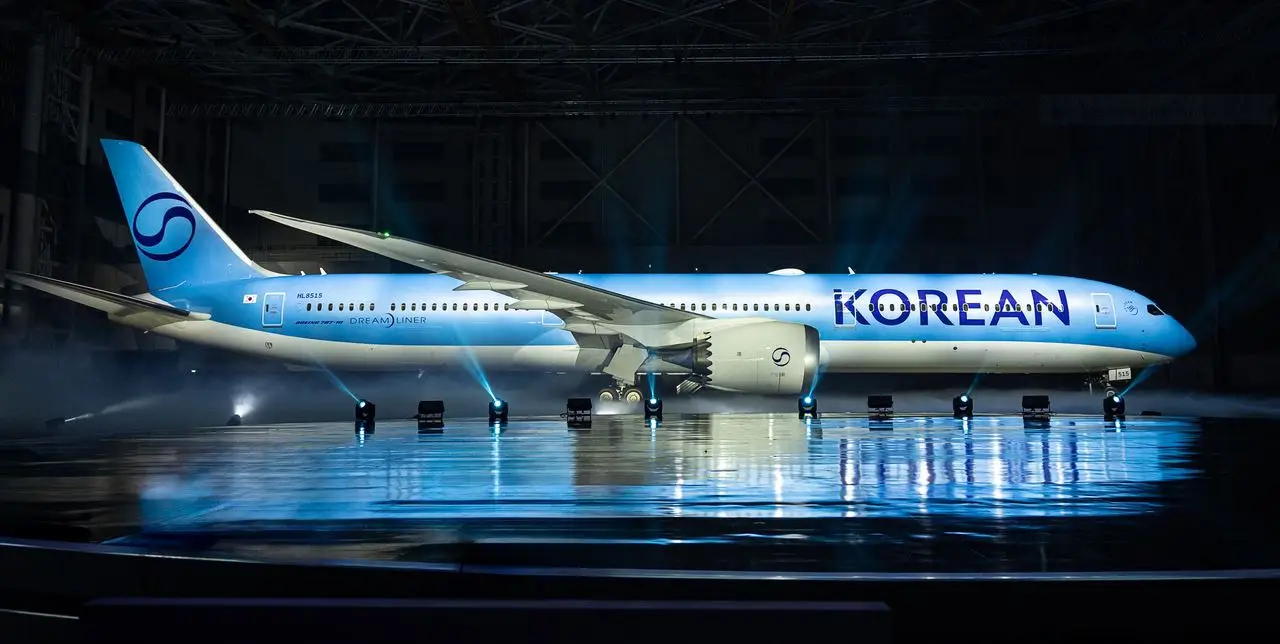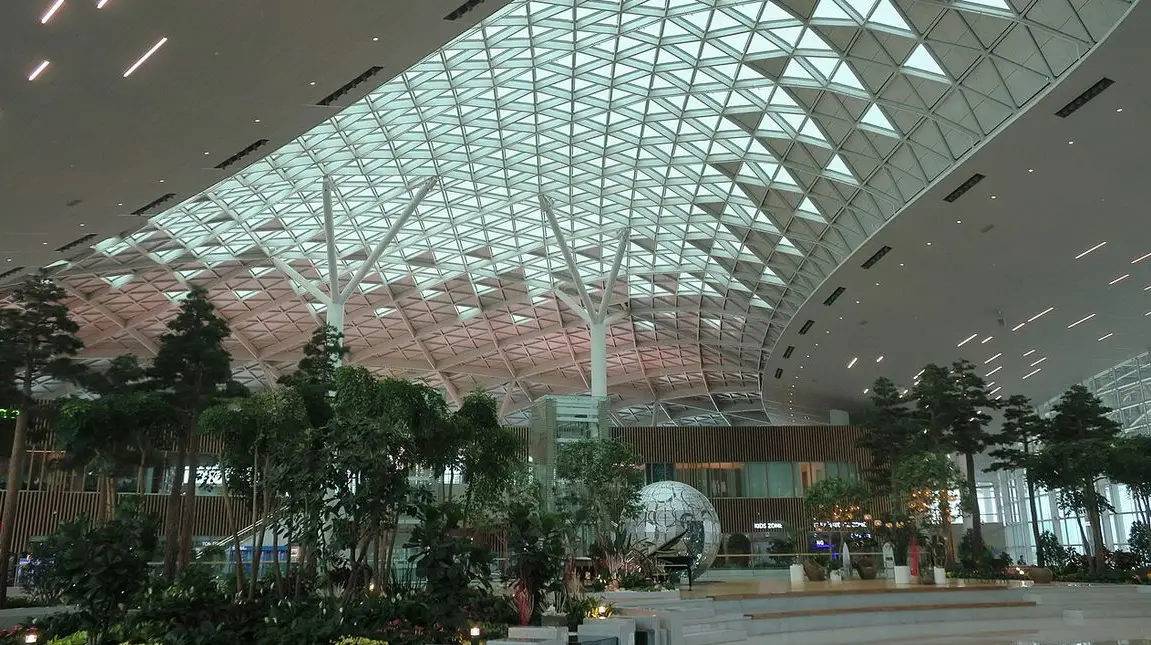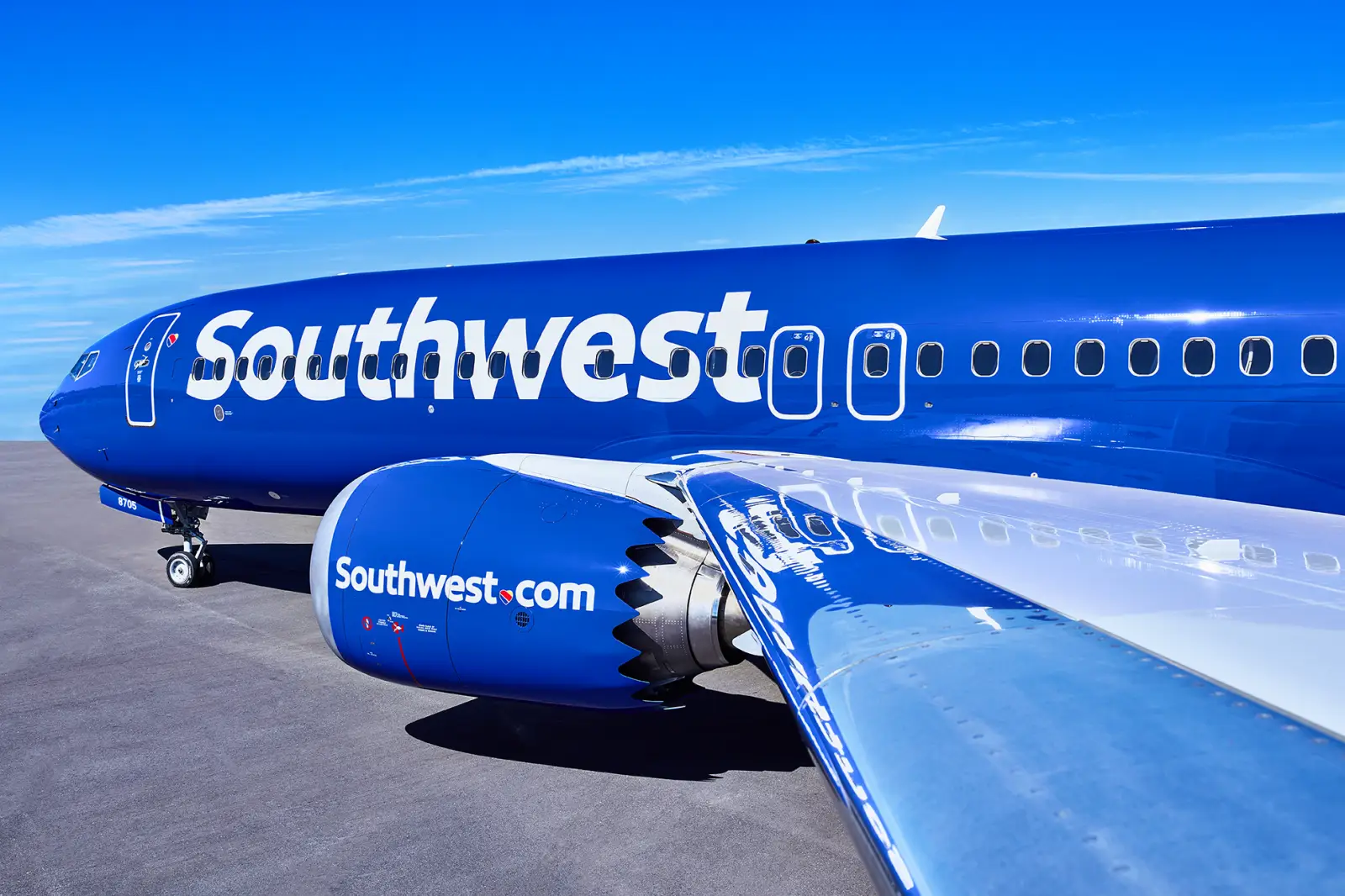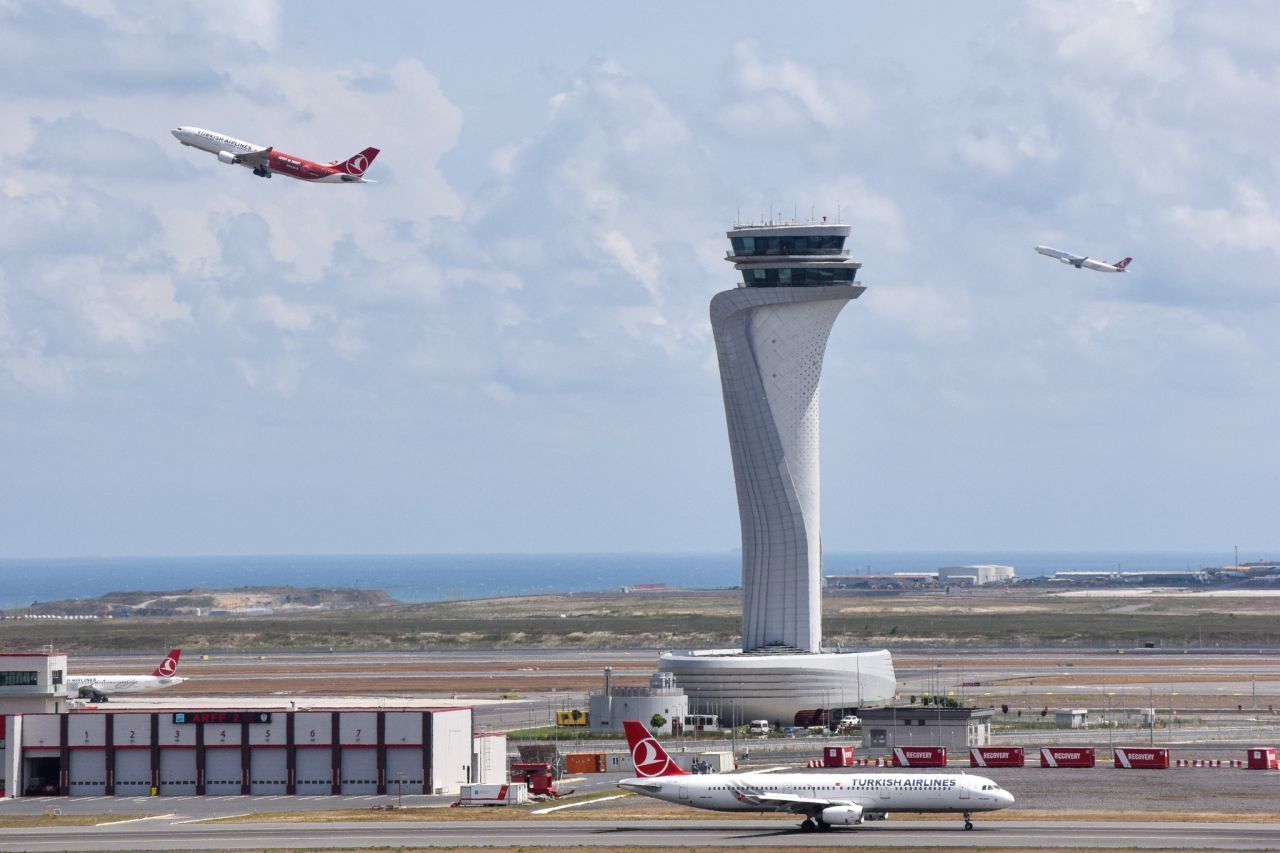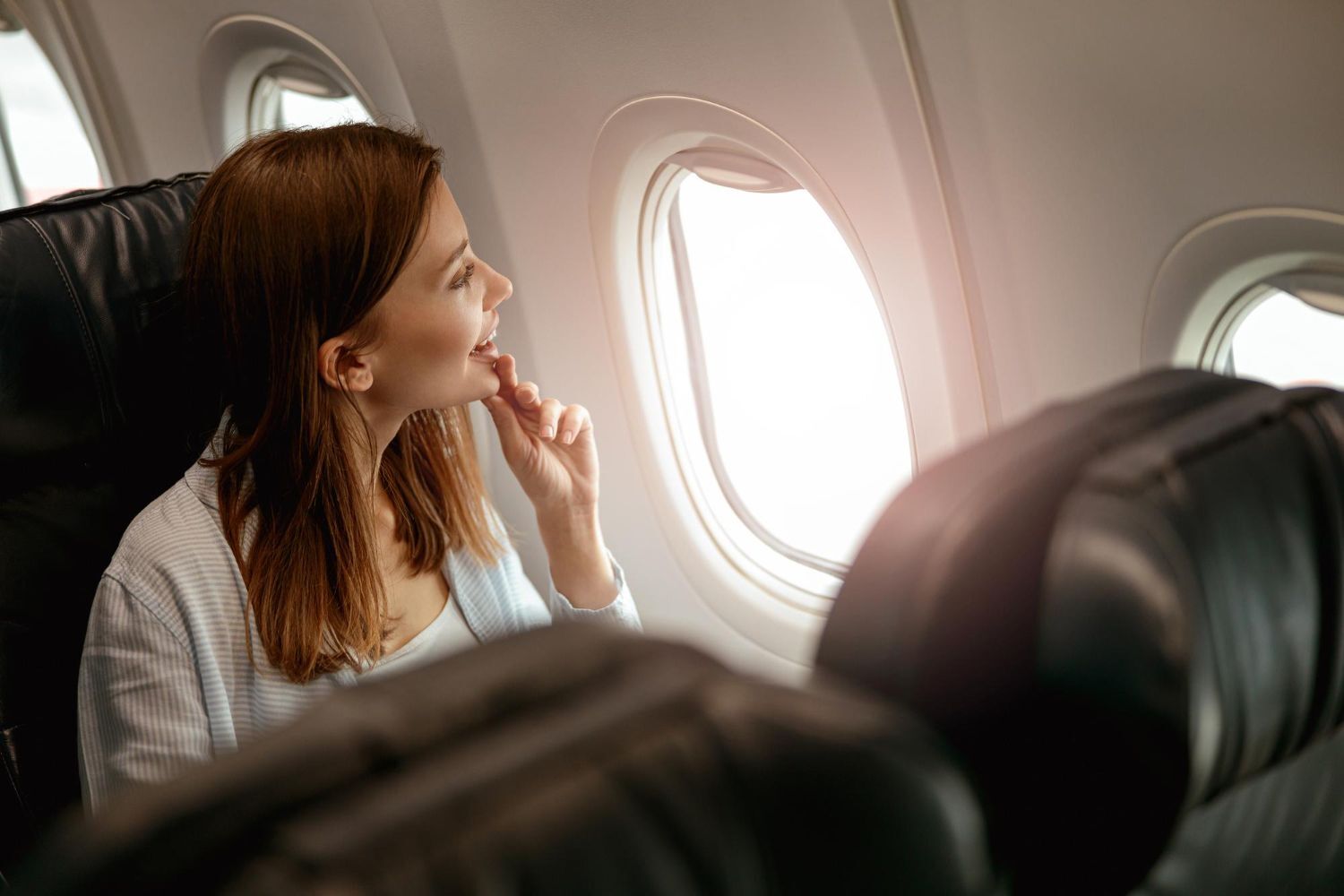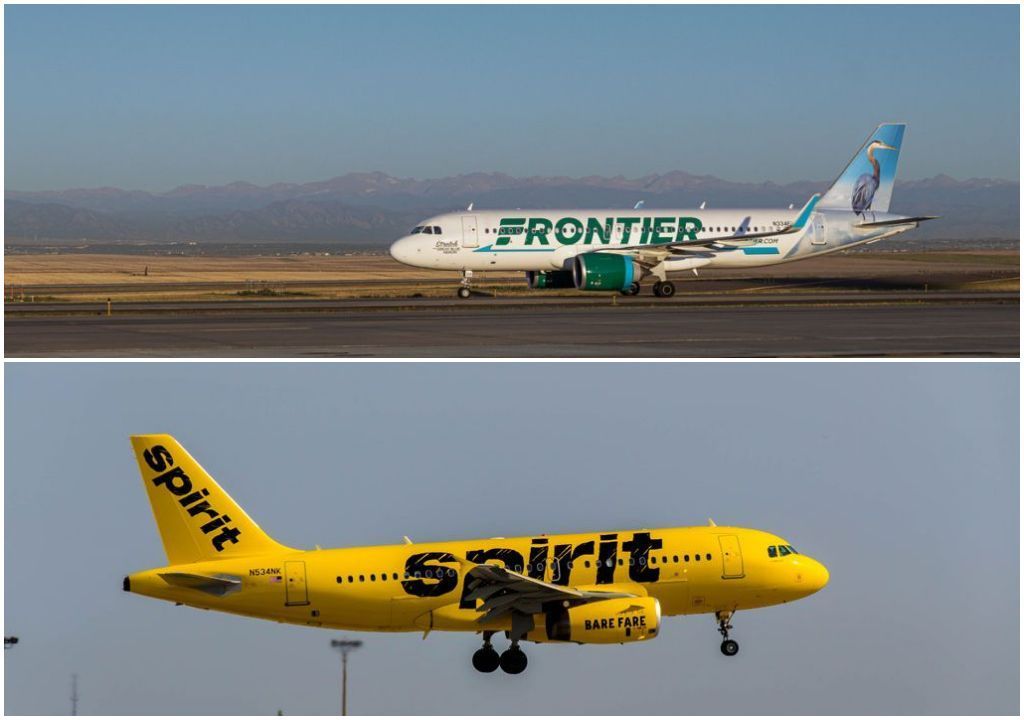Korean Air has launched new aircraft livery and corporate branding that will be introduced across the company as it combines with Asiana Airlines to become one of Asia’s biggest carriers.
South Korea’s largest airline in December completed a US$1.3 billion acquisition of two-thirds of Asiana, which will be run as a subsidiary until Jan. 1 2027, when it will integrate under the Korean Air name and corporate identity.
The deal, finalised more than four years after it was first proposed, was hampered by competition concerns and became the longest-ever merger of airlines to complete.
New livery
The updated aircraft will feature the word “Korean” in a larger, modernised dark blue font, replacing “Korean Air,” while the top half of the fuselage will be painted light blue with a new metallic finish. The airline stated that the revised logo reflects contemporary minimalist branding trends while maintaining its unique identity.
Since 1984, Korean Air planes have had distinctive sky blue and white bodies, and tails decorated with a stylised taeguk, a traditional blue and red Korean symbol for the harmony between opposing forces used on the country’s flag. The new tail design features a simplified taeguk in dark blue only.
The new corporate identity will be phased in across aircraft liveries, inflight services and key customer interaction points. The first plane with the refreshed livery is a Boeing 787-10 that was delivered last year.
The integrated Korean Air fleet consists of over 250 aircraft. Starting with its own planes at the Korean Air hangar in Busan, it plans to paint Asiana Airlines planes as well. It is expected that it will take about three to four years to paint the entire fleet.
New first-class cabins and menus
Korean Air will introduce a new first-class cabin on some of its long-haul aircraft and expand the number of flights featuring the cabin. It is also introducing upgrades to its existing first class, with improved service and amenities.
The airline will debut improved dining, bedding, and pajamas on March 12 on flights between Seoul’s Incheon Airport and New York JFK, Paris and London Heathrow. By June, they will be available on all long-haul flights featuring first class cabins.
Korean Air will introduce a variety of fine-dining options to be served to first-class passengers, including crab and lemon bites and Moroccan-style lamb chops.
Due to the rising popularity of local cuisine, new dishes will be introduced that include salmon bibimbap, spicy stir-fried octopus with pork, tofu pad thai, spicy eggplant stir-fry, and rose pasta in economy class, and octopus nurungji rice, beef brisket bibimbap and royal hot pot — served on new china — in premium cabins.
A Korean staple – kimchi – will be served on board for the very first time across all classes.
Lounge upgrades and integration
The updates extend to other parts of the passenger experience. Korean Air is renovating its lounges at its home hub of Incheon and in Los Angeles and building a new one at the new terminal in New York’s JFK airport. The company hopes the works will be completed by the end of next year.
While the changes will initially only apply to Korean Air services, talks are ongoing with Asiana Airlines executives on how to effectively merge the culture and management of the two companies over, for example, how to combine lounges. While Korean Air operates out of Terminal 2 in Incheon and Asiana is located at Terminal 1, the latter will eventually have to move to Terminal 2.
Improving the customer experience through dining and lounges is also a move to contribute to South Korea’s Incheon International Airport. The Incheon International Airport’s Terminal 2 has been renovated since December to give the airport a capacity of 106 million travelers, making it the world’s third-largest aviation hub by capacity behind Hong Kong and Dubai.
Creation of single low-cost carrier
A combined Korean Air group could account for just over half of South Korea’s passenger capacity, and would become the world’s 12th-largest carrier by international capacity, a Reuters analysis of airline data shows.
Korean Air has said it plans to create a single low-cost carrier by combining Asiana’s budget carriers Air Busan and Air Seoul with Korean Air’s Jin Air.

